Funtastic Friday: Limerick-a-Zoomalong
Hello zoomers, and welcome back to Funtastic Friday. We Boffins have a zipping episode for you today, to round up our Limerick-a-Zoomalong and the Boffins in the Make and Play Lab are still Limericking and wordsplinging, it’s getting all a bit messy.
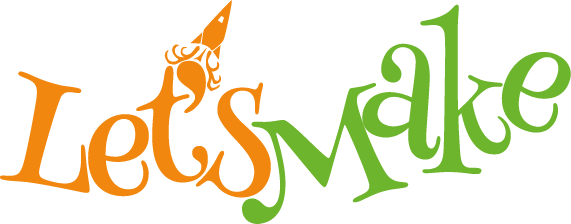
…. An Apple Smile!
So before we get more weirdly wordings into our brainboxes, we decided we really, really wanted a snack, and luckily we found some-one to make one, have a look at this…
Mmmm, much, crunch, yum yum, we really liked making and eating apple smiles, and so very easy too, we all made apple smile faces.
Here is your apple smile kit list
- 1 apple
- jar of peanut butter
- Small mini marshmallow
Method
- Cut apple into slices
- Select 2 slices per smile
- Paste 1 side of each slice with peanut butter
- On 1 slice, lay a row of mini marshmallows, lying down, side by side, following the edge of the apple curve.
- Carefully press the other apple slice on top of the marshmallows, peanut butter side down, and Zap, you have made your smile.
- Get chomping.
- Remember to tidy up and put away!

Alrighty you fruit loops! Have a go at our whizzer wordsearch and see how many you can spot.
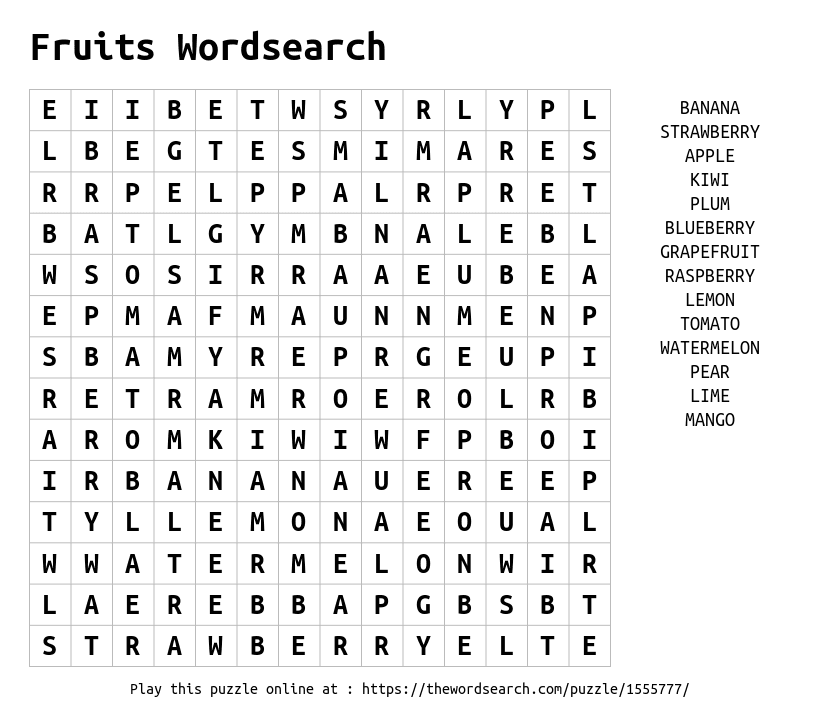
[ppp_patron_only level=”1″]
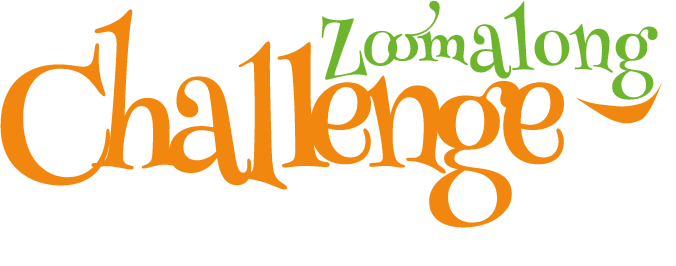
Now our tumblings are happy and full of ‘smiles’ and our tastebuds are zingaling, I think its time to have a challenge, soooo I challenge YOU to
write a limerick
in 10 minutes.
You can write it about absolutely anything you like, a tree, your breakfast, or a pet. This is a chance to get creative and let your imagination go BAZOOMERS.
To get you started, here are some ideas, to whizzle your poetic cogs and get them whirring, here are some creamy crackers place names to inspire you, because Limericks often have a place name at the end of the first line, e.g
“There was a young lady from Peebles” or “there was wee cat from Dundee”
Here are some of the funniest, wackiest place names, try some to start your limerick-a-zoomalong?
- Jolly’s Bottom (Cornwall)
- Bishop Ooze (Kent)
- Moo Field (Shetland)
- Ingle Pingle (Loughborough)
- Inner Ting Tong (Devon)
- Barton in the Beans (Leicestershire)
- Great Snoring (Norfolk)
- Nether Wallop (Hampshire)
- Queen Camel (Somerset)
- Ha-Ha Road (London)
- Booti Booti (Austrailia)
- Boring (Oregon)
- Damp (Germany)
- Rottonegg (Austria)
Here is your own Limerick Template
- Line 1 – create for 8-9 syllables
- Line 2 – create for 8-9 syllables
- Line 3 – create 5-6 syllables
- Line 4 – create 5-6 syllables
- Line 5 – create for 8-9 syllables
Got it?
Now
Ready?
Steady?
Zoooooooom
That was really hard, my brainbox is almost full up, now here comes Arran from Mucky Boots theatre to show us a fun way to improvising a story.
Thank you Arran, you kept our imaginations spangling. So what next?
Loony Limerick Facts
Nobody really knows for sure why limericks are named limericks, although Edward Lear is largely credited with making Limericks popular.
Shakespeare in Othello has his character Iago singing a drinking song which he claims he heard in England:
"And let me the canakin clink, clink; And let me the canakin clink: A soldier’s a man; A life’s but a span; Why then let a soldier drink"
And …
"Good morrow, neighbour Gamble, Come let you and I goe ramble; Last night I was shot Through the braines with a pot, And now my stomacke doth wamble."
The first book of limericks was published in 1821 by John Harris, ‘The History of Sixteen Wonderful Old Women’
Edward Lear wrote in 1846 his ‘Book of Nonsense’ and a later, ‘More Nonsense, Pictures, Rhymes, Botany’ in 1872.
Edward Lear wrote 212 limericks.
In 1225—Saint Thomas Aquinas may have written the first limerick as a prayer in Latin
In 1907—‘The London Opinion’ newspaper, sparked a “limerick craze” in England and The New York Times reported that “GREAT BRITAIN IS LIMERICK-CRAZY” with “Millions Competing for Prizes Offered by Almost Every Popular Paper in England!”
Famous Limerick Poets




Where do poems come from?
Poe-trees!
How does a poet sneeze?
Haiku!
How does a poet say goodnight?
I’d love to stay longer but it’s getting alliter-ate!
[/ppp_patron_only]
[ppp_patron_only level=”5″]
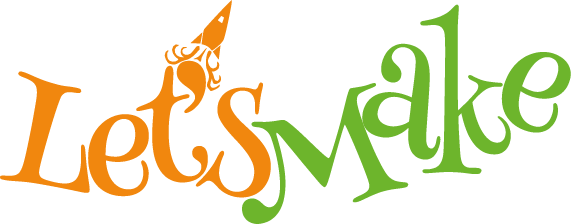
…. A Fortune Teller!
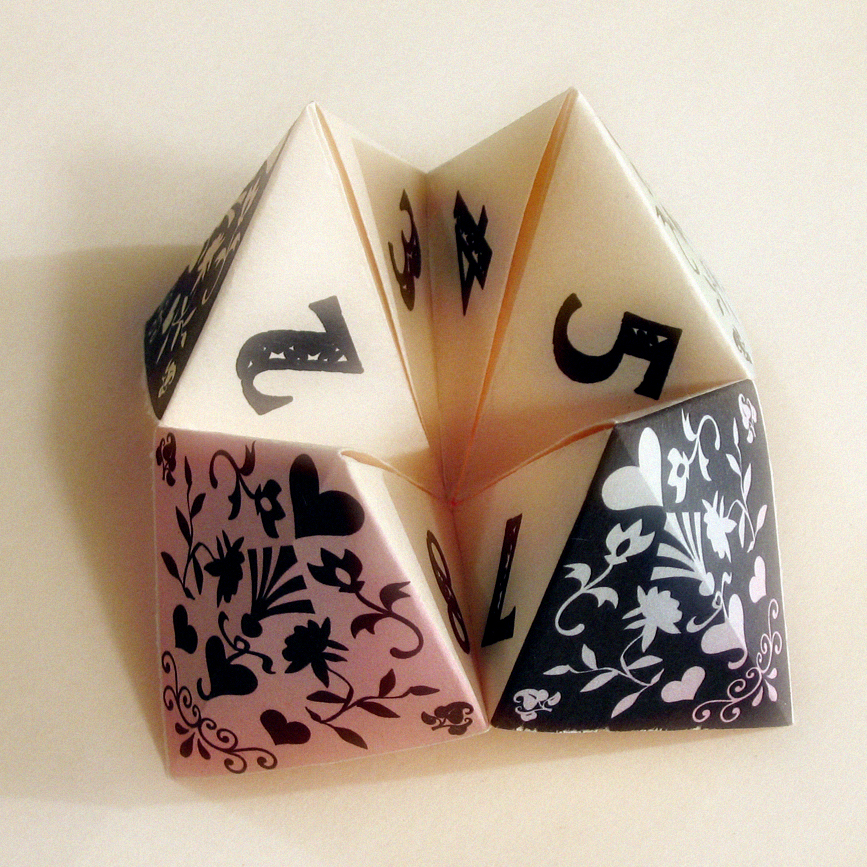
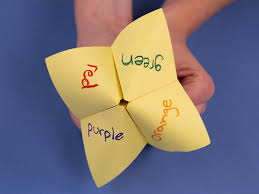

Here is your Fortune Teller kit list
- A SQUARE piece of paper (not rectangle)
- a pen or pencil.
Method
- Fold the paper diagonally, bottom left corner to top right corner, so you have a triangle.
- Then fold it again diagonally, bottom right corner to top, so you have a smaller triangle.
- Unfold the paper, so you have a piece of paper with a big X crease in it.
- Fold all four corners in to meet in the centre of the X, you will now have a small square.
- Flip your paper over, and fold all four corners in to the centre of the X, you will now have an even smaller square.
- Fold the bottom edge of the square to the top, and unfold, and then fold the right edge of the square to the left, and unfold. Now the creases should look like an asterix across your square.
- Push all four corners of the square into the centre, and slide four fingers into the flaps of your fortune teller. You’ll now be able to move the flaps with your fingers like a puppet.
- Now it’s time to write on the first four flaps. Once you have done this, unfold them and write on the eight flaps underneath, and then again on the four flaps underneath that. Now you’re ready to tell a fortune!
What to Write on Your Fortune Teller?
The fortune teller is made up of three levels, with the final one being the fortunes.
Level 1
On the first four flaps you could write four colours, or animals, or gemstones, or fruits. Whatever tickles your fancy!
Level 2
The same goes for the eight flaps underneath, you could put numbers 1-8, or anything you like.
Level 3
Then put four fortunes on the final four flaps. This could be things such as “you will be a millionaire” “you will win a gold medal” “you will marry a prince” but get creative and use your imagination!
How to Tell a Fortune
To tell a fortune, ask someone to choose one of the first four flaps. For example, if you had colours and they chose green, you would then flap the teller 5 times back and forth, to spell G-R-E-E-N. Then, they choose which flap out of the eight, and so on. Once you get to the final four flaps, ask them which one to pick, lift that flap, and tell the fortune!
We had a hoot in the lab, instead of fortunes we wrote challenges, e.g Hop across the room, dance like a chicken, and my personal favourite sing Happy Birthday like a frog…ribbit.
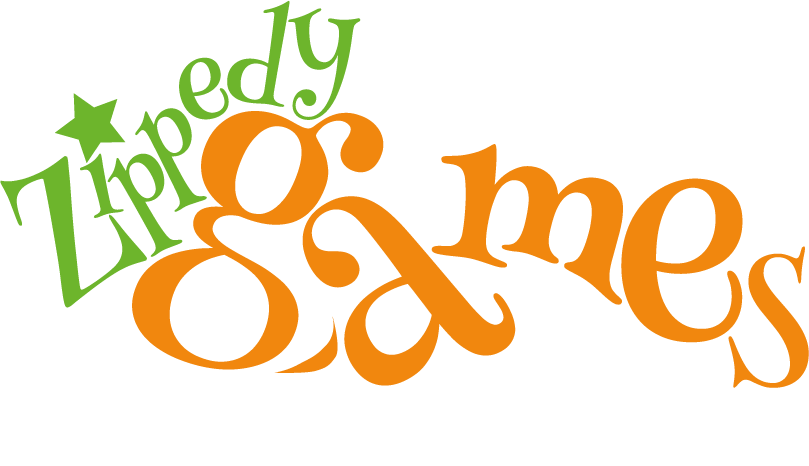
Poetry in Motion!
This is a cosy poetry game to play in a group! Gather up one piece of paper and a pencil for each player, and let’s play.
- Everyone sits in a circle with their paper and pen at the ready.
- Each player writes the first line of a poem at the top of their piece of paper. This could be anything at all, make it as weird and wacky as you like!
- Then, everyone passes their paper to the person on their left.
- Now everyone must add a second line to the poem they’ve been handed, and then fold over the top so that only the second line is visible to the next player.
- The next player adds the third line, and folds the paper again so that only the third line is visible when they pass it on.
- This continues around the circle so that each player must write a new line and fold over the previous line, until you run out of room on the pages.
- Now each person will have a folded strip of paper. They must take turns to unfold and read out their poem. Maybe the poems will be completely silly and disjointed, but sometimes they can remarkably make sense!
Poems!
Here’s some fantastic poems as a treat to finish off our fabby limerick week! First up, it’s ‘The Table and the Chair’ by our old pal Edward Lear.
Next we have ‘From a Railway Carriage’ by Scottish poet Robert Louis Stevenson. Listen to how the poet has made the rhythm of the poem sound like the chuff-chuff-chuff of a train speeding along!
Now here comes William T. McGonagall, to wish you all good luck in hosting your Limerick-a-zoomalongs…
So get busy this lockdown weekend and invite your friends or challenge your grandpa to a Limerick-a-zoomalong. Let us know how you get on.
Well zoomers, its time for me to get back into the lab and tidy and put away. We have to get ready for Magic Monday, when Selkie The Sea Witch arrives. Selkie is planning a scavenger hunt and is going to invite her pals to a zooming sea party. It all sounds a bit fishy to me. Toodles!
[/ppp_patron_only]